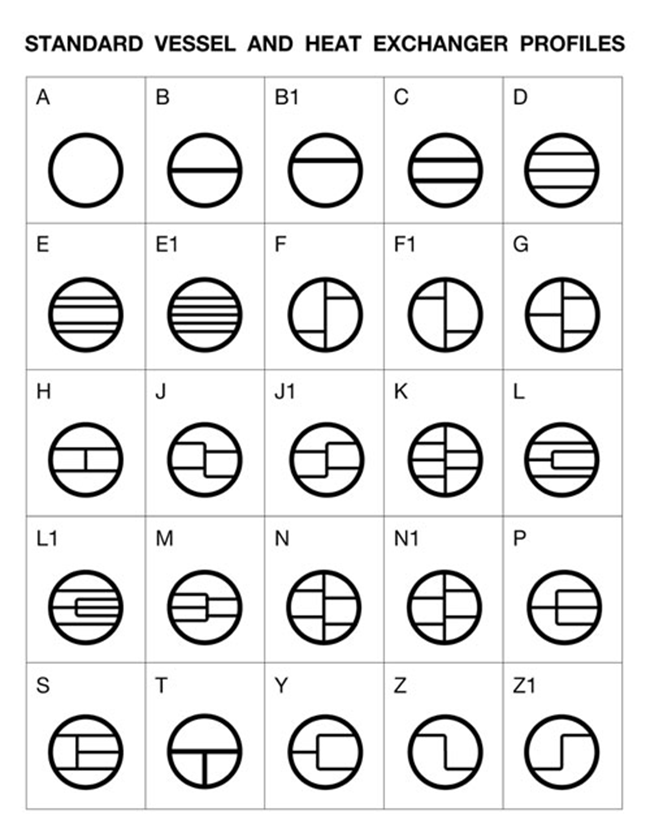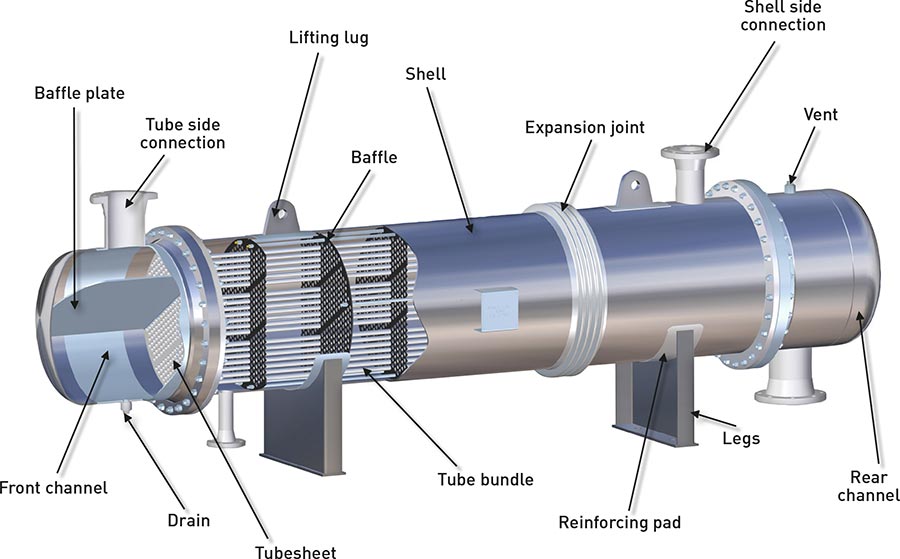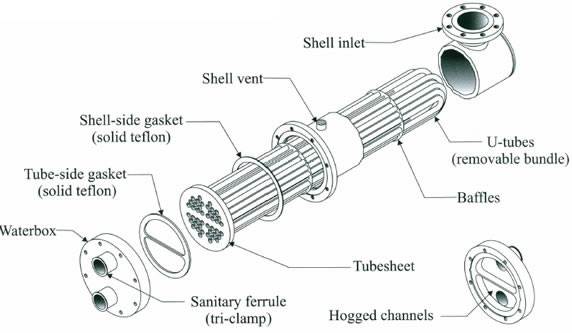
 Marking or stamping of the collar bolts has to be adequate to avoid misleading the maintenance crew otherwise, they may remove collar bolts by mistake. In case of using tapped holes and the bolts get stuck and the attendance for the holes machining and replacement of the bolts would be time-consuming and might be beyond the readiness of the maintenance crew for the task.
Marking or stamping of the collar bolts has to be adequate to avoid misleading the maintenance crew otherwise, they may remove collar bolts by mistake. In case of using tapped holes and the bolts get stuck and the attendance for the holes machining and replacement of the bolts would be time-consuming and might be beyond the readiness of the maintenance crew for the task. 

This opinion is built on some special experience in using cam profile gaskets and the application of initial proper stress to reach the desired gasket stress.
Some filed experience showed that it is nonmandatory to remove the bundle if the channel removed. Disadvantages of the use of the collar bolts Bundle gasket replacement is time-consuming and increases MTTR (Mean Time To Repair/Restore). Part 5: TEMA Designations of Heat Exchangers.The main objective and advantage of the collar bolts is the better maintainability considering that each time the channel removed, the bundle shall be removed for replacing the gasket between the tube sheet and shell to avoid leakage after pressurizing the exchanger. Part 4: Shell Assembly of Heat Exchangers. Part 3: Tubes and Tube Sheets of Heat Exchangers. Part 1: Heat Transfer and types of Heat Exchangers. The inner tube sheet is vented to atmosphere so any fluid leak is easily detected. In this design, the outer tube sheet is outside the shell circuit, virtually eliminating the chance of fluid intermixing. In cases where it is critical to avoid fluid intermixing, a double tube sheet can be provided. The weld does not add metal, but rather fuses the two materials. In this treatment, the tube is flush with the tube sheet surface. The weld adds metal to the resulting lip.Ī seal weld is specified to help prevent the shell and tube liquids from intermixing. Where the tube and tube sheet materials are joinable, weldable metals, the tube joint can be further strengthened by applying a seal weld or strength weld to the joint.Ī strength weld has a tube slightly reccessed inside the tube hole or slightly extended beyond the tube sheet. This allows the manipulation of fluid velocities and pressure drop, and provides the maximum amount of turbulance and tube surface contact for effective Heat Transfer. The tube hole pattern or "pitch" varies the distance from one tube to the other and angle of the tubes relative to each other and to the direction of flow. Low carbon steel tube sheets can include a layer of a higher alloy metal bonded to the surface to provide more effective corrosion resistance without the expense of using the solid alloy. The tubesheet is in contact with both fluids and so must have corrosion resistance allowances and have metalurgical and electrochemical properties appropriate for the fluids and velocities. This greatly increases the strength of the tube joint. Tube holes can be drilled and reamed and can be machined with one or more grooves. Tubes are attached to the tube sheet by pneumatic or hydraulic pressure or by roller expansion. Tube sheet materials range as tube materials. Tubesheets are usually made from a round flat piece of metal with holes drilled for the tube ends in a precise location and pattern relative to one another. Typical U-Tube Bundle Tubesheets of Heat Exchangers Because of the ease in manufacturing and service, it is common to use a removable tube bundle design when specifying U-tubes. Additionally, interior tubes are difficult to replace, many times requiring the removal of outer layers, or simply plugging the tube. U-tube bundles do not have as much tube surface as straight tube bundles, due to the bending radius, and the curved ends cannot be easily cleaned. U-tube designs are specified when the thermal difference of the fluids and flows would result in excessive thermal expansion of the tubes. TEMA standards provide a recognized approach to end users and allow comparison between. TEMA stands for Tubular Exchanger Manufacturers Association. This is to allow assembly by sliding the tubes through the baffles and tube supports while minimizing fluid bypass. TEMA is a set of standards developed by leading heat exchanger manufacturers that defines the design and manufacturing parameters of shell and tube type heat exchangers. Finned tubing has an outside diameter in the finned area slightly under the unfinned, or landing area for the tube sheets. Finned tubing is recommended when the shell side fluid has a substantially lower Heat Transfer coefficient than the tube side fluid. Surface enhancements are used to increase the available metal surface or aid in fluid turbulence, thereby increasing the effective Heat Transfer rate. High quality ERW (electro-resistance welded) tubes exhibit superior grain structure at the weld.Įxtruded tube with low fins and interior rifling is specified for certain applications. Tubes are either generally drawn and seamless or welded. It is common to use tubing from 5/8" to 1-1/2" in these designs. 
Tubing that is generally used in TEMA sizes is made from low carbon steel, copper, Admiralty, Copper-Nickel, stainless steel, Hastalloy, Inconel, titanium and a few others.








 0 kommentar(er)
0 kommentar(er)
